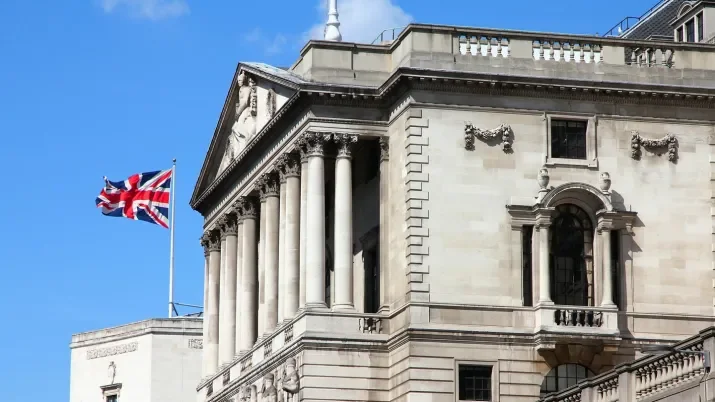What are government bonds saying?
Yield curve shape and yield curve change are often good predictors of the state of the economy and its outlook. Along with the many changes we have experienced this year, we think the slope of ‘risk-free’ government bond yield curves is worth investigating.
Central banks have pivoted in the most aggressive way that I can recall since 1994. As a result, markets are now pricing in seven hikes from the Fed, six more hikes from the Bank of England and the first hike from the European Central Bank in over a decade...all occurring this year.
With inflation still showing no signs of relenting – though it will certainly fall later this year – markets are rightly questioning the broadness and stickiness of the highest inflation we have seen in 40 years. Central banks need to act quickly and decisively to show that they are not as far behind the curve as the market believes.
The inflation already experienced has caused damage to consumers’ welfare, and interest hikes on top will only add to the pain. Meanwhile, poor old UK consumers also face the additional burden of higher taxation.
Can the major central banks navigate to a soft landing from this period of rapid growth, or will their aggressive actions prove too much and prematurely end this cycle?
When central banks tighten policy rates, yield curves tend to bear flatten (i.e. yields rise, but they rise by more at the short end), so the move to flatter curves is to be expected. However, the severity of the flattening we have seen is a concern to us, and of course, markets will fret if the closely watched 2s-10s curve inverts; an inverted yield curve has nearly always acted as a precursor for an oncoming recession. Central banks would be loath to hike rates into an inverted curve as the market would take this badly, leading to a market-driven tightening of financial conditions.
In the UK, where the government bond curve is the flattest, the spread between two- and 10-year yields is already a meagre 7bp and the curve between two-year and 50-year yields is inverted. In the US, the curve has flattened from 79bp after the December FOMC meeting to just 39bp today. Clearly, yield curves are telling us that the chance of a hard landing is real, and we should keep a very close eye on the shape of the curves as this is a slightly worrying signal.
Before we get too bearish though, there are a few things to point out.
First, the move at the two-year point is entirely due to the central bank pivots, and we have to question whether the markets and economies will allow tightening of this scale. For example, a 2% base rate in the UK by November seems aggressive.
Second, while long end yields have moved higher, many will be surprised they are still so low given the inflation uncertainty. It is possible that the next consumer price inflation (CPI) data release in the US actually gets very close to 8%, while 10-year Treasuries are only at 2%. There is definitely room for higher longer dated yields in our view, and it is also possible the market has priced too much into the short end. Third and importantly, the central banks have tools to manipulate yield curve shape through quantitative tightening, and you would expect them to be monitoring yield curve shape just as closely as we are.
That said, the Fed is still buying bonds every day. In our view, it first needs to stop buying and then stop reinvesting coupons and maturities. Then, finally, it must make yield curve targeted sales. Unfortunately, this point feels a long way away now, and markets do not possess as much patience as those in charge at the Fed seem to.
It is still nearly four weeks until the next Federal Open Market Committee (FOMC) meeting on March 16. However, in our opinion, the case for intra-meeting policy action from the Fed is growing daily.



